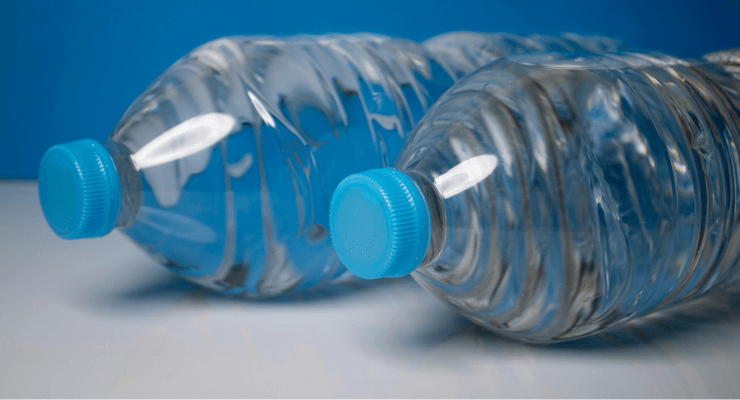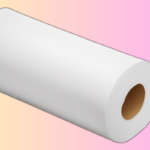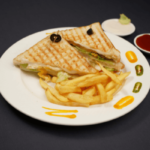
If you’ve ever found yourself in need of a quick, warm drink and wondered, “Can you microwave a water bottle?” you’re not alone. It’s a common question, especially during colder months when the thought of warm water or even a makeshift hot water bottle becomes appealing.
However, microwaving certain materials can be dangerous, and the risks associated with microwaving plastic or insulated bottles are not to be taken lightly. In this article, we’ll explore whether it’s safe to microwave a water bottle, potential hazards, and alternative methods for heating water safely.
The Short Answer: No, You Shouldn’t Microwave Most Water Bottles
While the idea of microwaving a water bottle might seem convenient, the short answer is no — most water bottles are not microwave-safe. Microwaving water bottles can cause several issues, including the release of harmful chemicals from plastic bottles, deformation of the bottle’s shape, and even potential fire hazards.
There are some exceptions, like certain microwave-safe glass or ceramic bottles, but it’s important to know the risks before you try to heat water in a bottle.
Why Microwaving Plastic Bottles is a Bad Idea
Many people own reusable plastic water bottles, but microwaving these can be dangerous for a variety of reasons.
Plastic Deformation
Most plastic water bottles, especially disposable ones, are made from thin materials that cannot withstand the intense heat of microwaving. Microwaving plastic bottles may cause them to melt or warp, making them unusable and potentially causing burns if the hot water leaks.
Chemical Leaching
One of the primary concerns with microwaving plastic is chemical leaching. Plastics often contain chemicals like **BPA (Bisphenol A)** and **phthalates**, which can seep into the water when heated. These chemicals have been linked to health issues such as hormone disruption, reproductive problems, and an increased risk of certain cancers.
Even if a bottle is labeled as BPA-free, that doesn’t guarantee it’s free of other potentially harmful chemicals. Heat can cause these chemicals to break down and mix with the water, making it unsafe to drink.
Fire Hazard
In extreme cases, microwaving plastic water bottles can lead to fire hazards. Thin plastic bottles can melt into the microwave’s heating elements or catch fire, damaging your microwave and posing a risk to your home.
Understanding the Microwave-Safe Label
Not all plastic is created equal. Some plastic containers and bottles are labeled as “microwave-safe,” meaning they have been designed to withstand the heat generated in a microwave. However, it’s crucial to note that “microwave-safe” does not mean the item is free from all risks.
The label primarily indicates that the material won’t melt, crack, or ignite when exposed to microwave heat, but it doesn’t necessarily ensure no chemical leaching occurs. Always check the manufacturer’s guidelines before microwaving any plastic bottle.
What About Stainless Steel or Metal Bottles?
Stainless steel water bottles have become increasingly popular due to their durability and insulation properties. However, microwaving these bottles is not only ineffective but also dangerous.
Microwaves and Metal Don’t Mix
Microwaving metal can lead to dangerous consequences. Metal reflects microwaves rather than absorbing them, which can cause sparks, fires, or even damage to the microwave itself. In stainless steel bottles, microwaves can’t heat the water inside effectively and can cause the bottle to overheat or even explode.
Insulated Bottles and Heating Inefficiency
Insulated bottles are designed to keep liquids at a stable temperature, which means they are not suitable for heating in a microwave. Even if the insulation isn’t metal, the structure of the bottle will prevent the water from heating evenly, rendering the process useless.

Are Glass Water Bottles Safe to Microwave?
Unlike plastic and metal, **glass** is generally microwave-safe, provided it’s not tempered or double-walled. Glass water bottles can be a safe alternative for microwaving, but there are still precautions to consider.
Check for Microwave-Safe Label
Just like plastic, not all glass is created equal. Always look for a “microwave-safe” label on glass bottles. Some glass bottles are treated with chemicals or have coatings that make them unsafe for microwave use. Tempered glass, which is designed to be more durable, can sometimes shatter under the stress of microwave heating.
Sudden Temperature Changes
Even if a glass bottle is microwave-safe, rapid temperature changes can cause it to crack or shatter. If you’re microwaving cold water in a glass bottle, heat it gradually to avoid shocking the glass with a sudden temperature shift.
Handle with Care
Once heated, glass bottles can become extremely hot to the touch. Use oven mitts or a towel to handle the bottle carefully to avoid burns.
Safe Alternatives to Microwaving a Water Bottle
While microwaving a water bottle may seem like a quick solution, there are safer methods to heat water or keep it warm.
Use a Microwave-Safe Cup or Container
If you need hot water quickly, use a microwave-safe mug or glass container to heat the water. Once heated, you can pour the hot water into your water bottle if necessary. This method avoids the risks associated with microwaving non-microwave-safe bottles.
Electric Kettle
An electric kettle is an excellent alternative for heating water quickly and safely. Simply pour the hot water into your water bottle after it’s boiled. If you’re using a plastic water bottle, allow the water to cool slightly before pouring to avoid melting or warping the plastic.
Stovetop Heating
You can heat water on the stovetop and transfer it to a water bottle. Like with an electric kettle, let the water cool for a few moments if you’re using a plastic bottle to prevent damage.
Hot Water Bottles for Warmth
If your goal is to create a makeshift hot water bottle for warmth, consider using a dedicated rubber or silicone hot water bottle. These bottles are designed to hold hot water and provide warmth without the risks associated with microwaving.
Conclusion: Better Safe Than Sorry
While it may be tempting to microwave a water bottle for convenience, the risks far outweigh the benefits. Whether it’s chemical leaching from plastic, the dangers of microwaving metal, or the potential shattering of glass, it’s best to avoid microwaving water bottles altogether.
For those who need to heat water quickly, opt for safer methods such as using a microwave-safe cup, an electric kettle, or a stovetop. If your goal is warmth, consider using a hot water bottle specifically designed for that purpose.
In short, microwaving a water bottle is not worth the risk — play it safe and choose alternative methods to ensure both your safety and the longevity of your bottles.
Frequently Asked Questions
Q: Can you microwave water in a plastic bottle if it says “microwave-safe”?
A: Yes, but proceed with caution. Even if a bottle is labeled microwave-safe, it’s important to ensure it doesn’t contain harmful chemicals like BPA. Consider using alternative methods to heat water instead, such as a microwave-safe glass container.
Q: Is it safe to microwave reusable plastic water bottles?
A: In most cases, no. Reusable plastic bottles may warp or release harmful chemicals when microwaved. It’s best to avoid microwaving plastic altogether if possible.
Q: What happens if you microwave a metal water bottle?
A: Microwaving a metal water bottle can cause sparks, fires, or damage to your microwave. Metal reflects microwaves, which makes it both dangerous and ineffective.
As an Amazon Associate, I earn from qualifying purchases.



